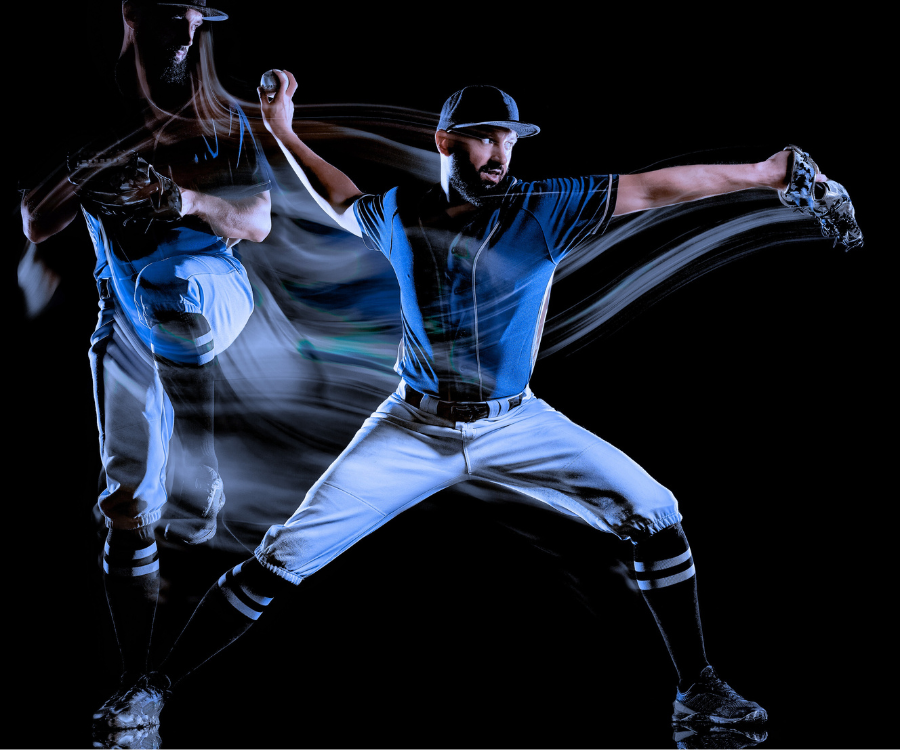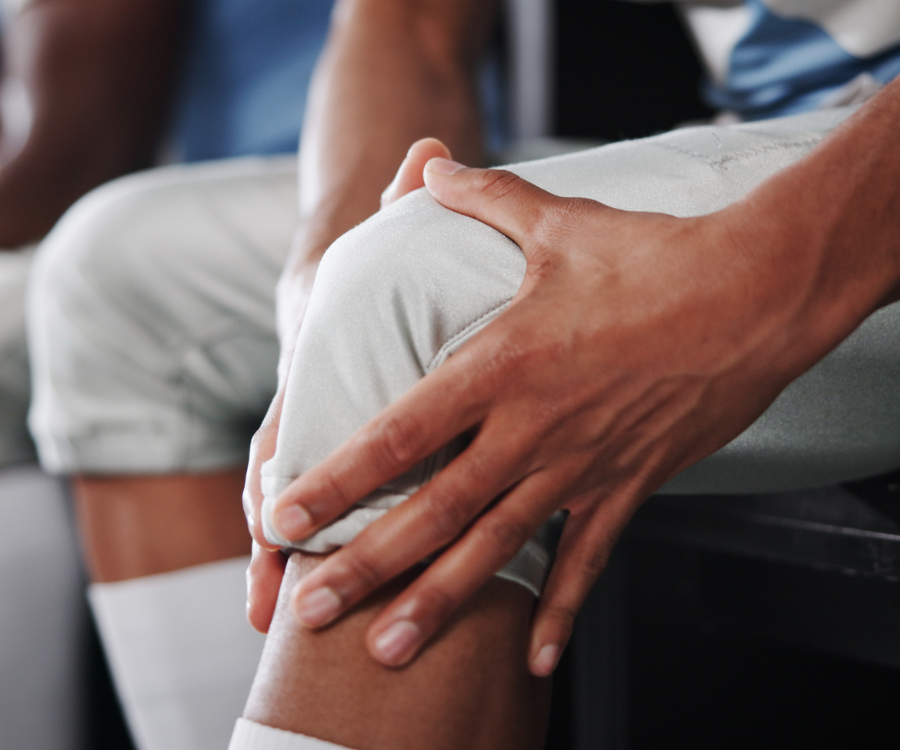Summary
Why This Matters
By removing physical markers and using AI-driven motion estimation, Theia3D enables a faster, less intrusive workflow while maintaining accuracy suitable for clinical and research environments.
This study highlights how markerless technology can complement traditional motion capture, paving the way for more accessible, child-friendly gait evaluation.
Discover how Theia3D is being used in research and clinical settings.
Study Overview
Ten typically developing children participated in the LJMU study. Gait data were collected using a 10-camera marker-based system (Qualisys Oqus cameras) and a 7-camera markerless system (Qualisys Miqus cameras), both operating at 85 Hz.
Markerless data were processed through Theia3D’s deep-learning engine (v2023.1.0.3161) to estimate 3D joint and segment positions and orientations, while marker data (corresponding to the Plug-In Gait model) were labelled and gap-filled. Both datasets were imported into Visual3D, where a manually-defined model was applied to the marker data and an automatic model was generated based on the markerless data. The skeletal models were then compared across identical gait cycles.
Researchers used Generalized Additive Mixed Models (GAMMs) to account for time, age, and random variation across trials, providing a robust, statistical basis for comparing systems.
For a breakdown of how Theia3D captures 3D kinematics across real-world environments, see how it works.
Key Findings
- Comparable overall accuracy: Across many joints and planes, kinematic curves showed comparable patterns and ranges of motion, and differences between Theia3D and PiG outputs were consistent with previous studies (typically <10°).
- Large offsets in pelvis and hip rotation: Some systematic differences were observed, likely reflecting differences in model definitions between methods.
- Low error in ankle and foot angles: Pelvic rotation and ankle dorsiflexion/plantarflexion differed by less than 5°, indicating strong agreement.
- Minor influence of age: Variability across age groups suggests gait maturity may affect model agreement, but no consistent pattern emerged.
Overall, Theia3Dcomparable kinematics to established marker-based systems, with differences that are consistent with previous findings and in some cases explainable and expected when comparing distinct biomechanical modeling approaches.
If you’re evaluating markerless systems for your lab, download our Buyer’s Guide to Markerless Motion Capture for a framework to assess system accuracy and fit.
What This Means for Pediatric Gait Research and Clinical Practice
For clinicians and researchers, these findings underscore how markerless motion capture can enhance feasibility and throughput in pediatric biomechanics. The system’s ability to generate robust data without markers reduces setup time and participant discomfort, especially valuable for young children or patients with sensory sensitivities.
While Theia3D and PiG should not yet be used interchangeably for every clinical decision, this study confirms that markerless technology is a credible, complementary tool for pediatric gait research and large-scale movement data collection.
As future studies expand sample sizes and clinical contexts, Theia3D continues to show promise as a practical, validated solution for real-world human movement analysis, helping bring quality gait data closer to everyday clinical practice.
Access the full peer-reviewed article here.





